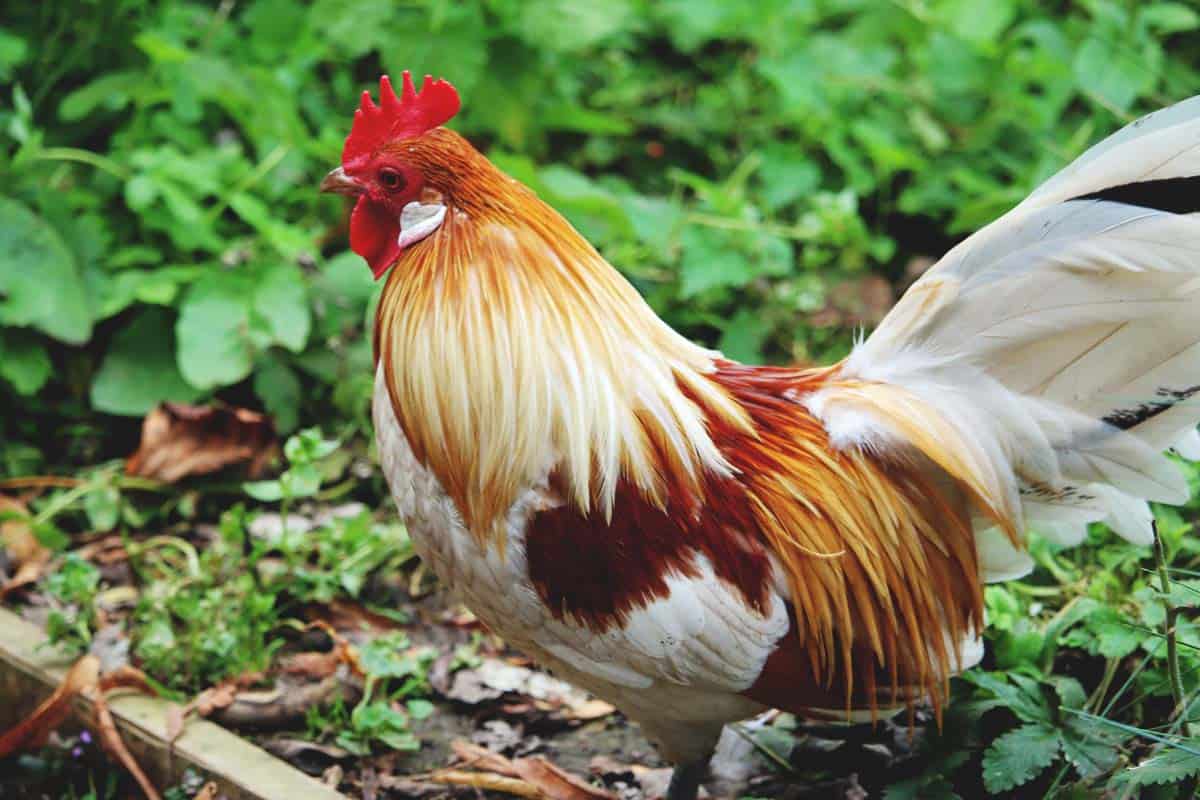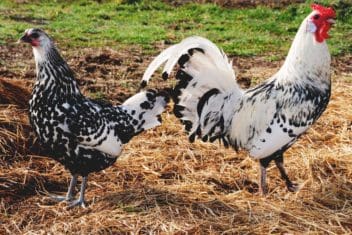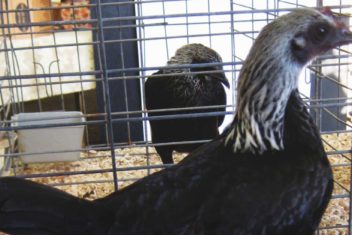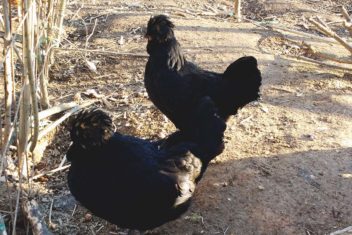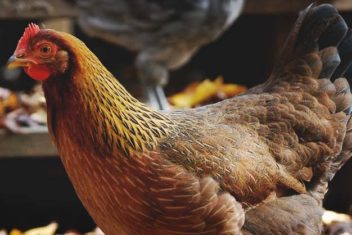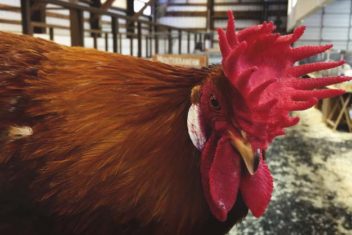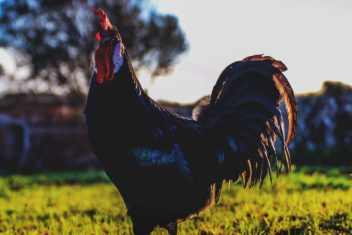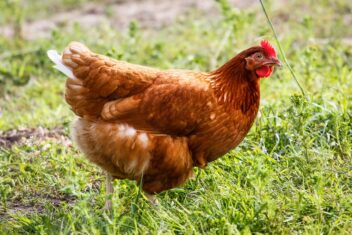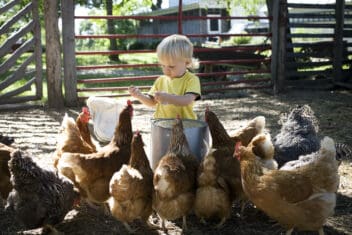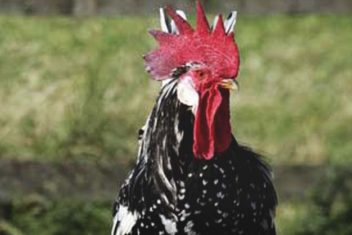Dutch Bantam chickens are friendly birds that are loved for their above-average egg production and excellent show qualities. Children adore the Dutch Bantam because they are small and easier to handle than a standard-sized chicken.
While these aren’t the best birds for meat and egg production on the homestead, they make amazing pets and show birds.
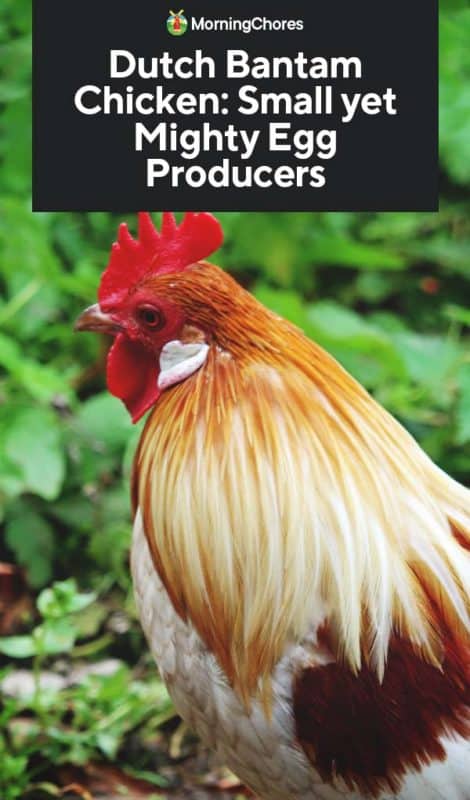
About Dutch Bantam Chickens
Originally it was believed that Dutch Bantams originated in the Netherlands, but research shows they were likely imported by sailors. There were many characteristics of these small birds that made them desirable in the earlier years. Smaller eggs meant that peasants were allowed to keep them instead of sending them on to the landed gentry kitchens as they were required to do with large fowl eggs.
Dutch Bantams did not make it to America until the mid-1900s. The first time this breed was imported, it died out due to a lack of interest by American breeders. In the 1970s, Dutch Bantams once again made their way to American and were more heartily embraced at that point.
The Dutch Bantam Society was formed in 1986, and the first two color variations were included in the Standard of Perfection in 1992. Four other color variations have since been added to the Standard of Perfection with the American Poultry Association, totaling six color variations recognized in America.
Black, Blue Cream Light Brown, Blue Light Brown, Cream Light Brown, Light Brown and Silver Dutch Bantams have all been accepted into the Standard of Perfection with the American Poultry Association.
Dutch Bantam Characteristics
1. Size and Weight
As the name bantam suggests, this is certainly a petite chicken. Dutch Bantams are some of the smallest chicken breeds around. Roosters of this breed will rarely top 20 ounces! Dutch Bantam hens weigh in even smaller, tipping the scales at a mere 18 ounces.
2. Temperament
One reason the Dutch Bantams are so highly praised is their sweet and docile personality. When raised with frequent human contact, Dutch Bantams will be quite affectionate towards their owners, making them perfect for children. Hens of this breed have a tendency to go broody and will make excellent, doting mothers.
3. Egg Production
You will rarely find a bantam with halfway decent egg production; most bantam breeds average around 80 eggs per year. While Dutch Bantam eggs are very small, you can expect between 150-160 white eggs per year from a single hen.
4. Meat Production
As you may have guessed based on average weight, this is not a breed that would be considered for egg production. Some people are after small bird carcasses for specialty dishes, but Cornish Game Hens or quail would be a better consideration for such a purpose.
Taking Care of Dutch Bantams
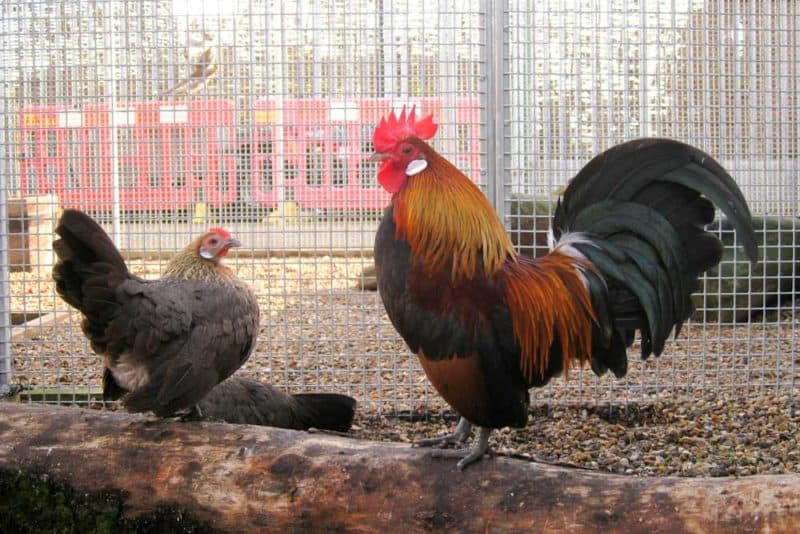
1. Feeding and Nutrition
All chicks need to be supplied with a good chick starter from hatch to about 12-14 weeks old. When your birds are nearing adulthood, it’s time to switch their feed to laying feed. You can purchase laying feed in pellet or crumble form, but it’s best to feed Dutch Bantams laying crumbles. Laying pellets can simply be too big for a small bird like the Dutch Bantam.
If you find that your eggshells are too brittle or soft, a calcium supplement may be in order. You can remove the membrane from inside eggshells and crush them for a recycled calcium supplement. Crushed Oyster shells can be found at most feed stores and will also make a good source of calcium.
2. Housing and Fencing
One convenient thing about bantams is that their space requirements are far less demanding than a standard chicken’s requirements.
Chicken coops need to have a minimum of 2 square feet per bird to make sure everyone has plenty of room. Provide 6 inches of roost space per chicken so everyone has room to hop up and sleep feeling protected.
It’s not recommended to free-range Dutch Bantams because they are so small that they make a very vulnerable hawk snack. A covered run or a tractor (see our DIY chicken tractor plans) with at least 5 square feet per chicken is safest for these small birds. If you do free-range your birds, make sure you have an observant rooster that will keep an eye out for potential threats to his ladies.
3. Health Issues and Care
Despite their small and fragile appearance, Dutch Bantams are actually fairly hardy chickens.
With the onset of colder weather, prepare your chicken coop for the winter to make sure your birds have protection from the cold so that their large single combs don’t get frostbite.
Internal and external parasites can also affect small birds such as the Dutch Bantam far more drastically than they might a larger bird. Treat parasites immediately when they are discovered to keep your birds in pristine shape.
4. Breeding
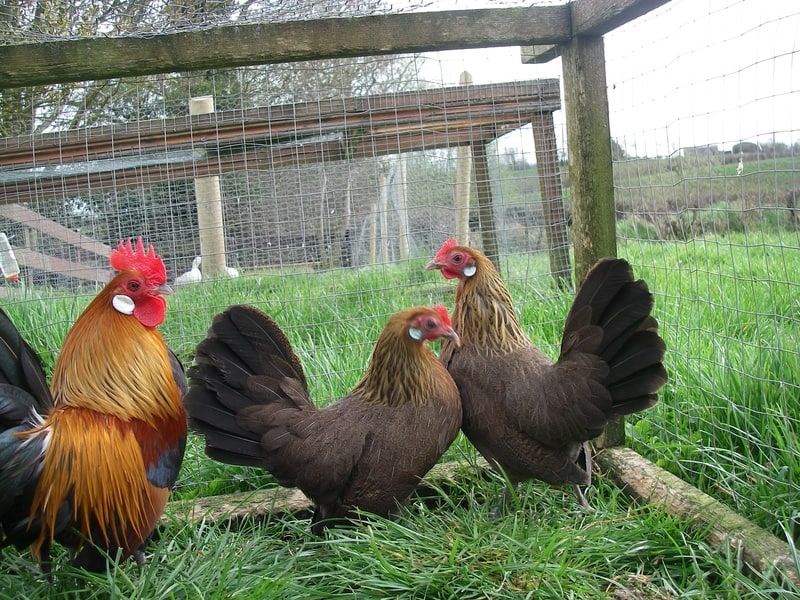
Few things are cuter than a baby animal that could fit on a quarter, and Dutch Bantams are one of these animals. Many people enjoy breeding Dutch Bantams because they take up less space and are a joy to raise from chicks.
Breed Alternatives
1. Serama
The Serama is also a small chicken breed, the smallest in the world to be exact. Seramas originated closer to Japan in contrast to the Dutch Bantam’s Netherland origins. Dutch Bantams and Seramas both have good egg production, making them some of the best bantam egg producers out there.
Did You Know?
Dutch Bantams are one of the few “true bantams”. True bantams are bantams that are only found in the smaller version and do not have a standard-sized counterpart.
This is a chicken with a small size and huge personality that is sure to entertain you and your farm guests. Dutch Bantams are widely loved and it’s no secret why; you’ll certainly adore this addition to your chicken coop.
